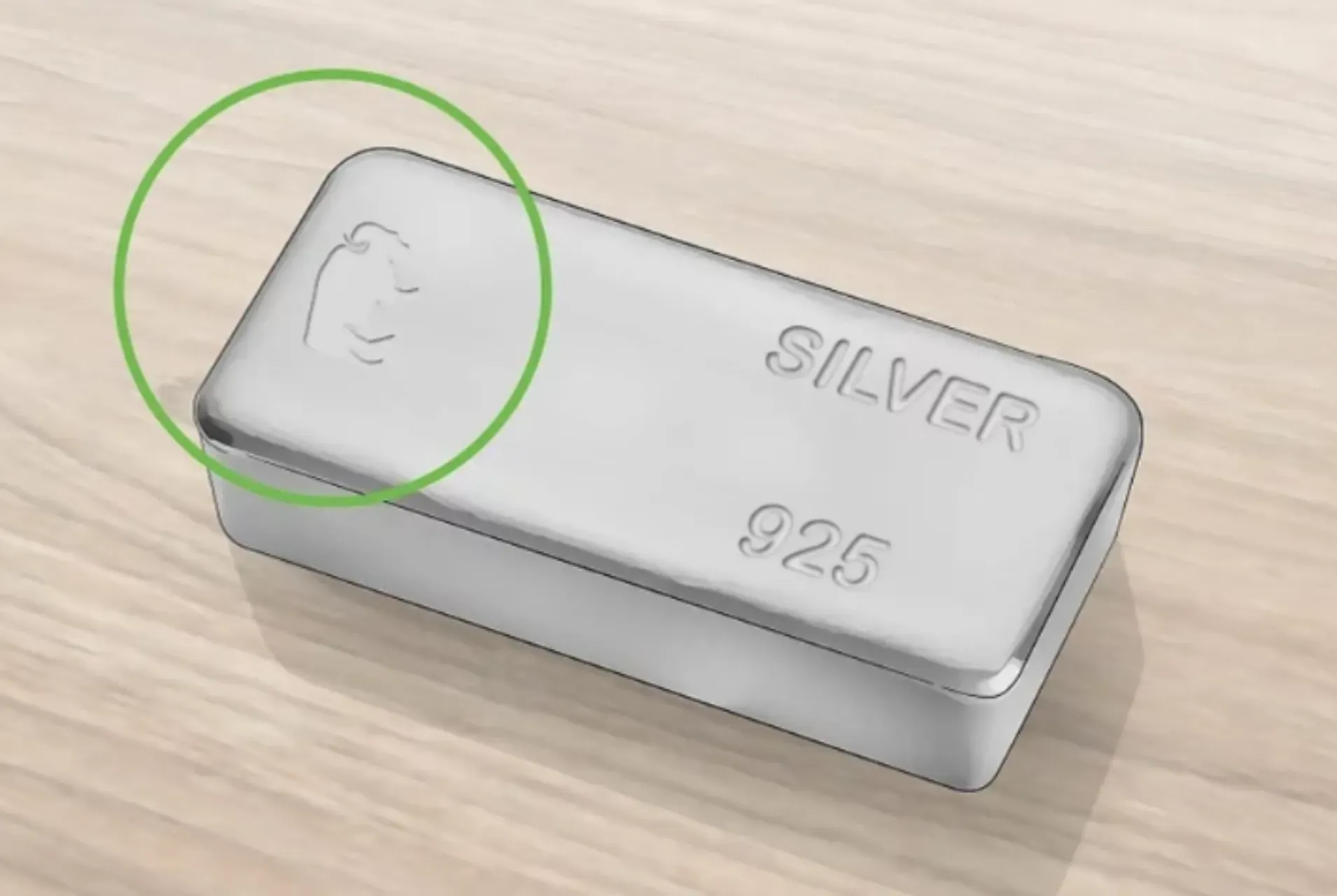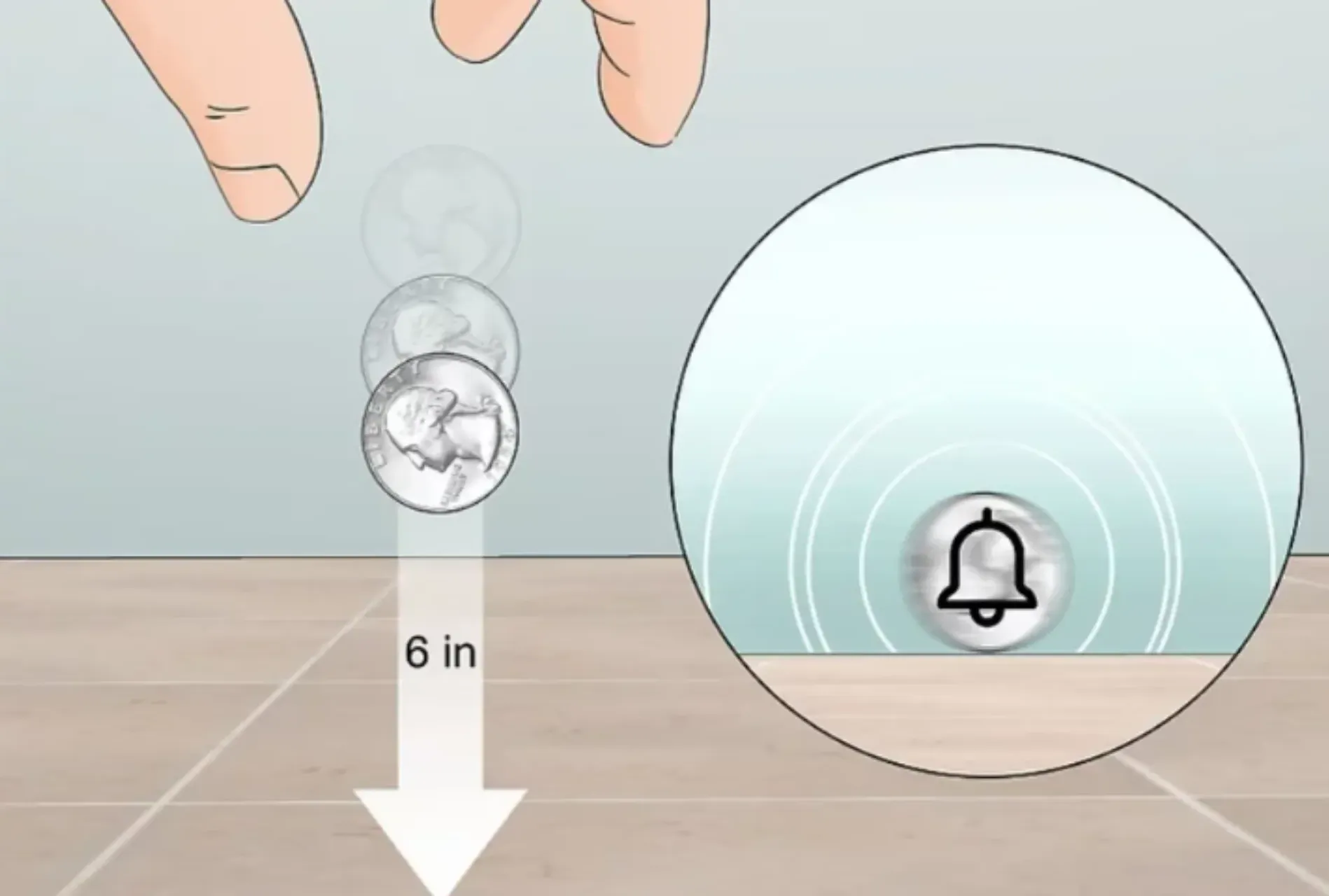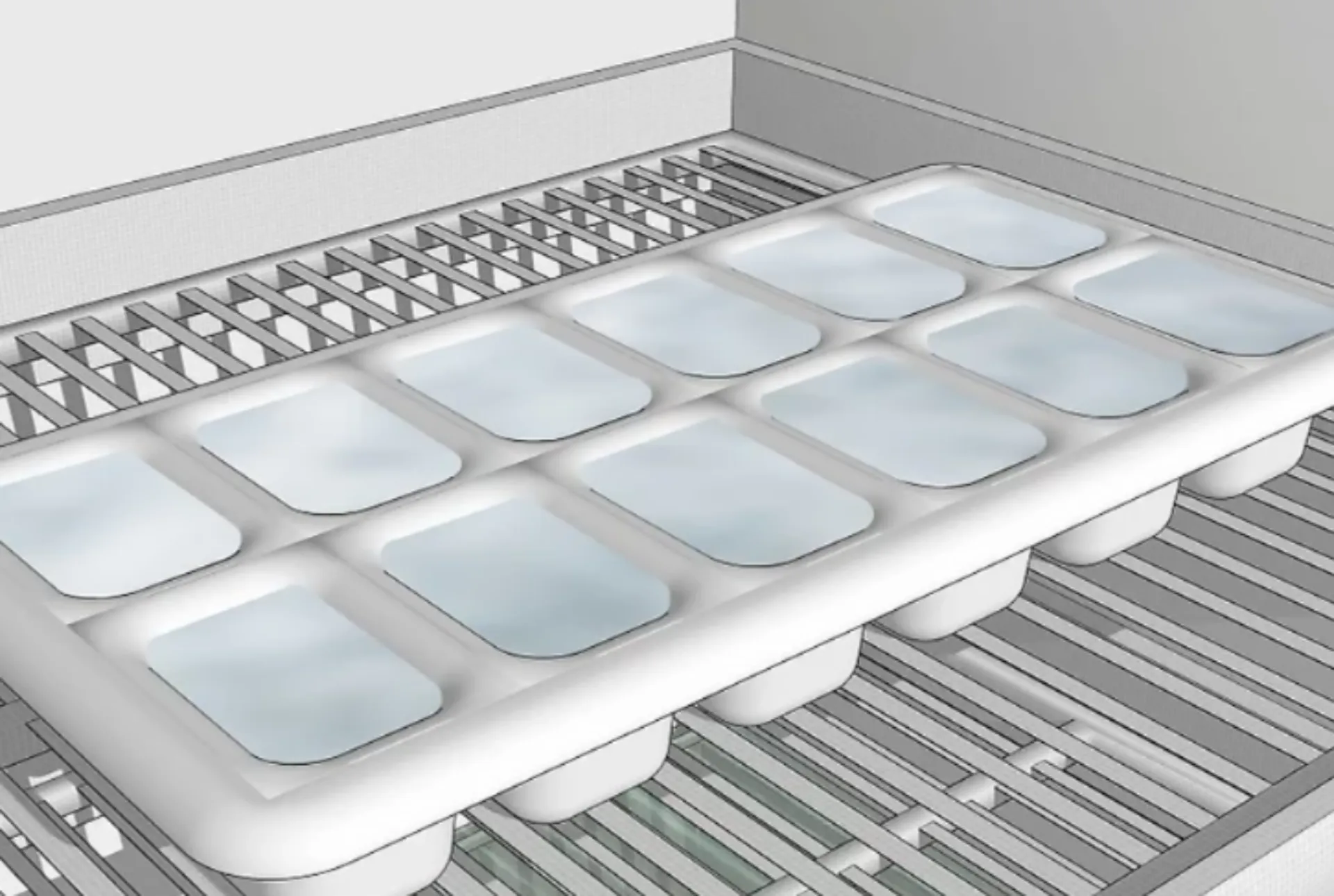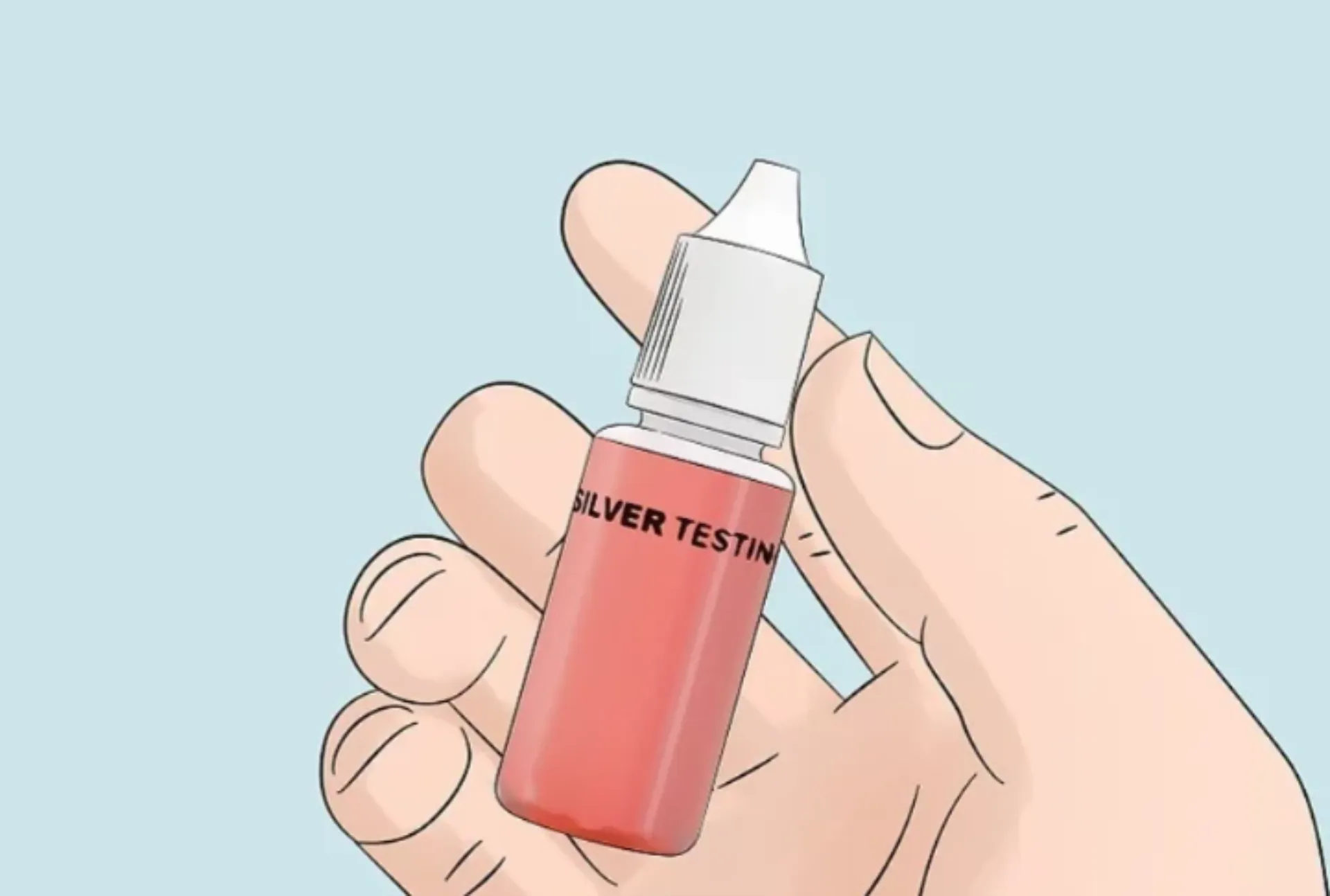Introduction to Silver Purity Testing
The Importance of Knowing Your Silver's Authenticity
Have you ever admired a piece of silver jewellery and wondered if it's the real deal? You're not alone. In a world where imitations are all too common, understanding the authenticity of your silver is more than just about value—it's about appreciation and assurance. Knowing if you're holding genuine silver or a knock-off influences its worth and longevity.
Brief Overview of Common Testing Methods
When you're ready to test the purity of your silver, various methods are at your disposal, each offering its insights. Visually, look for hallmarks and stamps which denote purity levels and authenticity—a surefire sign you're dealing with quality silver. At home, you've got simple tests like checking whether a magnet sticks (silver is non-magnetic) or seeing if an ice cube melts rapidly on its surface (silver conducts heat exceptionally well). There's the sound test for more precision, where real silver produces a clear ringing tone when struck.
As a buyer or seller, these quick tests can provide instant peace of mind, but remember, they're just the starting point. When absolute certainty is required, professionals turn to high-tech options like spectrometers and metal analyzers, bringing unparalleled accuracy right to their hands.

The Physical Tests You Can Perform
The Weight and Sound Check for Solid Silver
Are you curious about whether that silver piece in your collection is authentic? Start with a weight and sound check. Silver has a unique density; every item should weigh closely to its expected mass. For instance, an ounce of pure silver shouldn't deviate much from 31.1 grams. If you have access to a digital scale, it's straightforward to check for discrepancies in weight.
For a straightforward sonic test, gently tap your silver item with a metal object. Pure silver exhibits a high-pitched, long-lasting ring, a testament to its acoustic properties. When you conduct a sound test, an authentic silver item's frequency should hover around 6145 Hz. This test isn't perfect, particularly for items with unconventional shapes, but it's a nifty way to sort the suspects in your jewellery collection quickly. It's valuable for coins and flatware but less for more intricate pieces.

Magnet and Ice Cube Tests for Quick Screening
Magnet and ice cube tests are your go-to if you're looking for a rapid-fire way to sift through your silver suspects. Here's the scoop: Real silver isn't highly magnetic, so if your magnet clings to the item more than just a mild attraction due to the content of its non-silver alloy, you may have a counterfeit.
Then there's the ice test, which is like magic. Owing to silver's high thermal conductivity—surpassing copper or gold—placing an ice cube on your silver item should result in a quick melt. It's a simple way to check for authenticity: real silver conducts heat so effectively that the ice starts to melt almost immediately compared to an ice cube not in contact with silver.
Combine these tests with others for a more thorough validation, and remember to compare your findings with a control item to gauge the differences accurately.

Chemical Testing Methods
Performing an Acid Test at Home
If you've got your gloves on and safety goggles in place, you're prepared for an at-home acid test—considered a solid method to test silver purity. First, gently scratch your item on a testing stone to leave a silver streak. Then, carefully drop a small amount of nitric acid onto the mark. Authentic silver will react, and change colour—a creamy, whitish tone indicates sterling, while green signals a silver-plated base metal. Always perform this test discreetly, as the acid will stain.
Before using this method, remember that it can be slightly destructive and cause lasting damage. Use it as a last resort, especially if you're testing something close to your heart, like a family heirloom.

Advanced Testing Techniques
Using Specific Gravity for Precise Measurements
The specific gravity test is a golden ticket for those who dabble in the exact sciences. It's all about density; for silver, that magic number is 10.49 g/cm³ at room temperature. To get started, you'll need a scale and a container of water:
1. Weigh the silver piece and jot down the mass.
2. Mark the water level in the container before and after submerging the item.
3. Measure the difference in water level to find the volume of the silver.
4. Divide the weight by the volume to arrive at the specific gravity.
Accuracy is crucial here, so take your measurements carefully. A fully submerged piece and precise readings are imperative for a proper assessment. Remember, this test is efficient for objects without complex geometries or hollow parts.
Maintaining the Integrity of Your Silver Jewelry
Tips on Avoiding Damage During DIY Testing
When testing silver at home, the name of the game is preserving your precious metal's integrity. Here are a few golden rules to keep your silver sparkling:
• Always start with the least invasive tests, like visual inspections or the magnet test.
• Treat your jewellery gently, especially during the sound test. Use a soft surface to protect it from accidental dents.
• If you opt for the acid test, apply the acid to an inconspicuous spot—the last thing you want is an acid-stained silver piece.
• Were you experimenting with specific gravity? Ensure your water is at room temperature to avoid thermal shocks.
Remember, some tests are best left to professionals. If your piece is an antique or has sentimental value, consider consulting a jeweller or precious metal expert before conducting potentially damaging tests.
References: https://www.wikihow.com/Test-Silver
2-FAQs
How can I tell if my silver jewellery is authentic at home?
To check if your silver jewellery is genuine at home, start with a visual inspection for authenticity marks like "925" or "sterling." Then, follow with the magnet test—real silver isn't highly magnetic—and the ice test, where real silver should rapidly melt the ice. You can also try the sound test, tapping the piece for a high-pitched bell-like ring. Always use caution to avoid damaging your jewellery.
What are the most reliable tests to determine silver purity?
The most reliable tests for determining silver purity include the acid test, which should only be performed carefully and in an inconspicuous area, and specific gravity measurements, which involve precise calculations and can accurately verify the purity. Professional assay techniques such as XRF analysis are also highly accurate but require specialized equipment. These scientific methods are the most trustworthy for guaranteeing authenticity.

 Prev Blog
Prev Blog 